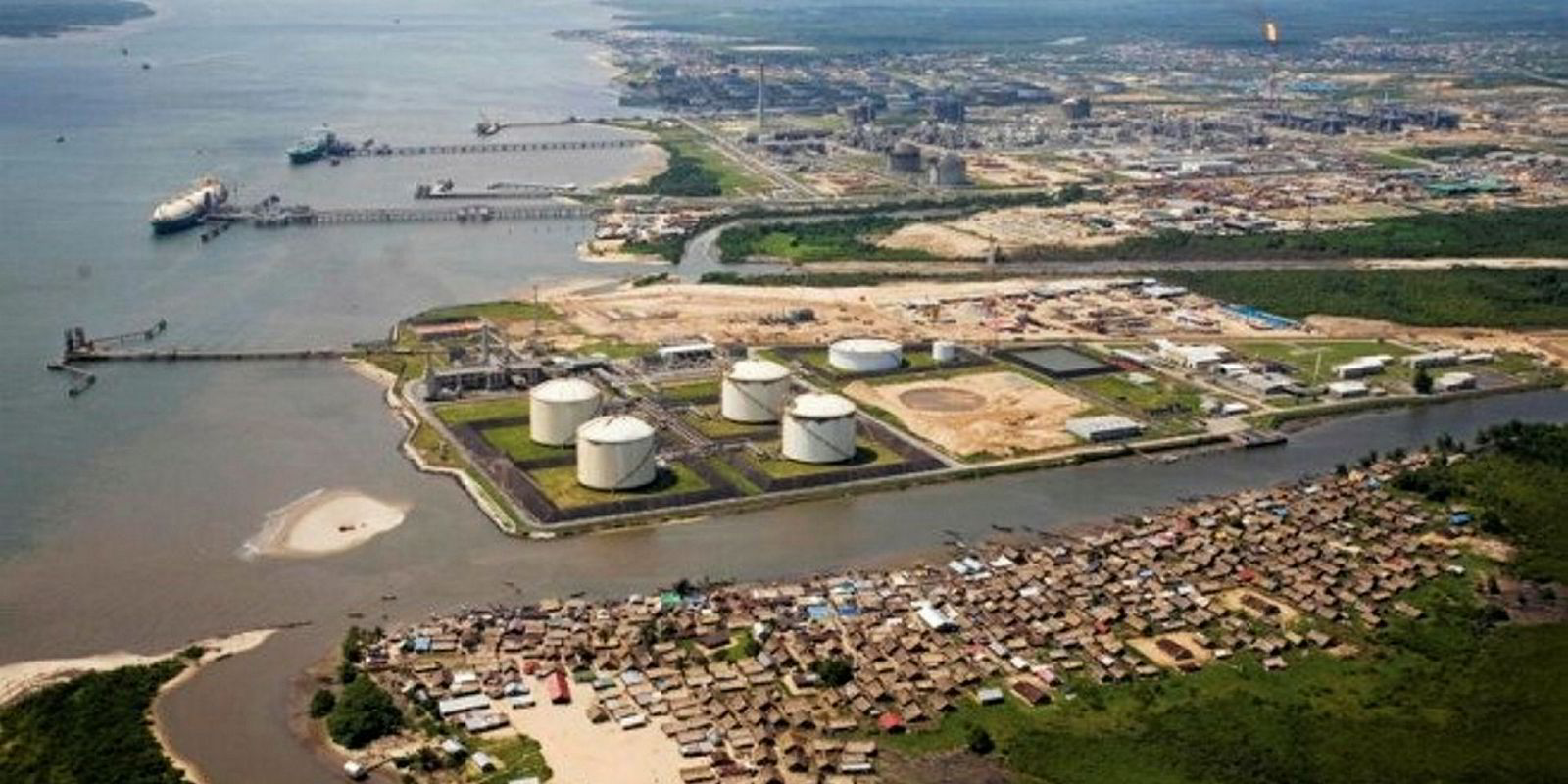Lower-than-normal oil supply in West Africa has rubbed salt into the wounds of suezmax tanker owners amid slow demand from Asian refineries during the maintenance season.
In Nigeria, Shell has declared force majeure on the exports of Bonny Light crude following a fire at the Nembe Creek Trunk Line on 21 April.
The 600,000-barrel-per-day pipeline connects the production fields in Niger Delta with the Bonny terminal, where tanker liftings have nearly come to a halt in the past week.
This is the first major disruption to Nigeria’s oil exports in months. Alphatanker data showed the Opec member’s exports had averaged 1.94 million barrels per day (bpd) on a 12-month rolling basis, a buoyant level compared to prior years that saw supply disruptions.
When contacted, operator Aiteo confirmed the fire resulted from sabotage but was unable to indicate when the pipeline would resume full operation.
Having spiked to nearly $20,000 per day in early April, average suezmax earnings on the Baltic Exchange have fallen below $10,000 per day amid the disruption.
“I’m not sure when the [pipeline] resumes. [And] Angola exports look to be down,” a London broker commented.
He added that "there were too many prompt ships” as several vessels had ballasted to West Africa due to limited trading in the Middle East and US Gulf.
Mainly due to the maintenance at the Saturno production field, Angola’s crude exports could be as low as 38 suezmax cargoes in June, Reuters reported. That would be a 13-year low and down from 48 cargoes in May.
Weakness to last
Analysts pointed out that the suezmax weakness will likely last until at least the next quarter, with Asian firms’ crude purchases expected to remain lacklustre due to the refinery maintenance season.
“It [the weakness] will last until the third quarter, as the expectations for the market to come up due to the new regulations are expected to kick in the four quarter,” BRS tanker analyst Felipe Loachamin said, echoing the view of many that the IMO 2020 rules would trigger increased tanker demand.
Based on the estimates of the International Energy Agency, crude runs at refineries in China and the OECD’s Asian and Oceanian members will fall to 19 million bpd in the second quarter, down from 19.6 million bpd in the first three months of the year.
“Rates are unlikely to see any surge in the short term until crude trade starts reflecting the impact of higher refinery runs on account of summer driving season,” said Rajesh Verma, Drewry’s lead tanker analyst.





